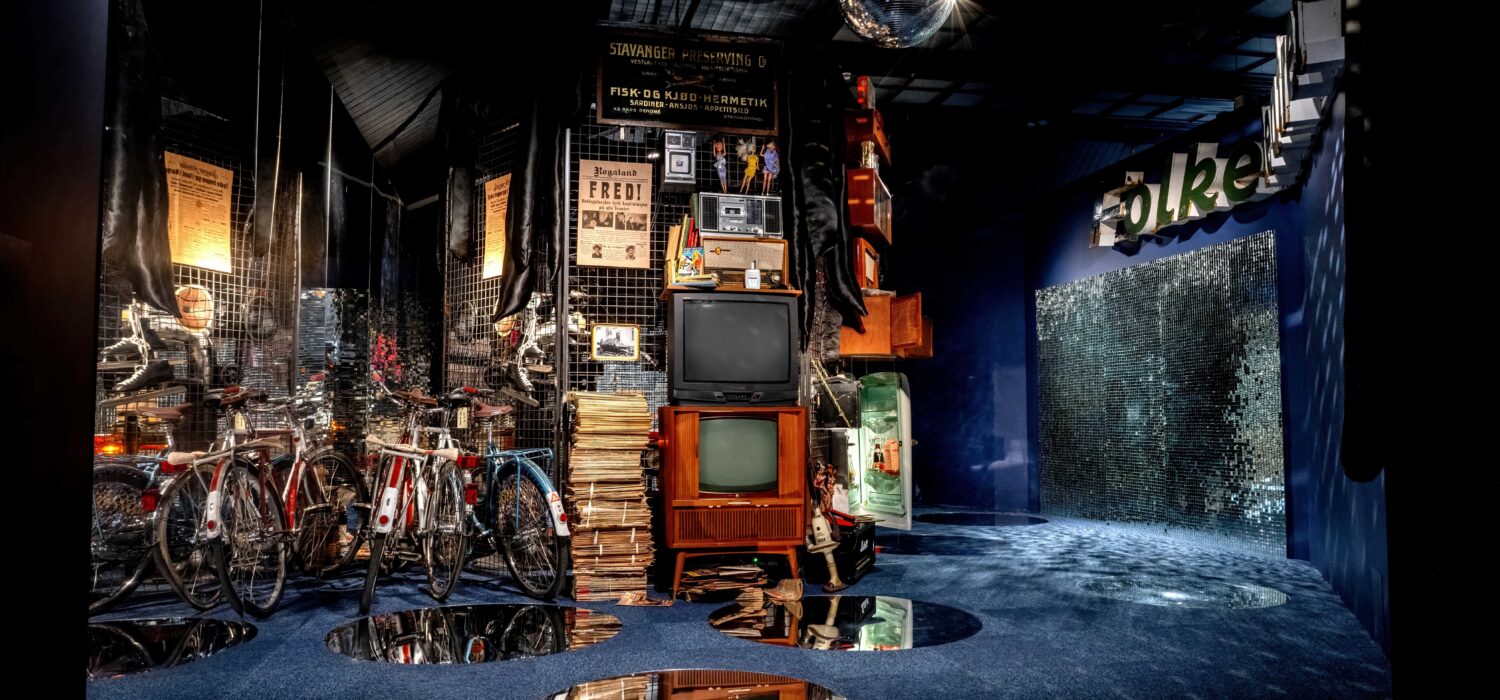20th century
Towards the end of the 19th century, the herring disappeared from the fjords around Stavanger. This was a severe blow to the city, which lost a very important resource. However, with great ingenuity and business acumen, a few individuals managed to turn this misfortune into an industrial adventure.
The brisling – this small sardine-like fish that filled the fjords after the herring was gone and which no one had yet seen the great value in – was fished, smoked, placed in olive oil, and sealed in metal tins. In 1905, a stamping machine arrived that pressed whole tins out of a single piece of tinplate. Now, a machine could produce around 20,000 tins a day. By 1915, the city was exporting canned goods equivalent to 350 million sardine tins to the world market.
The new industry created new jobs. Children were an important workforce during peak seasons, but it was primarily the women who kept the work going. The canning industry brought about a revolution in the women's labour market.
Meanwhile, Stavanger’s population continued to grow. Technological advancements contributed to improving living conditions for the people in Stavanger. Flørli Power Station provided electricity and electric light in homes. Electric stoves, irons, and hot water became common and revolutionised the lives of housewives.
In April 1940, a British plane crashed into Storhaug School, revealing the horrors of war. Stavanger, with both an airport and a harbour, was strategically important to the German occupying forces. Many German soldiers were stationed in the city, and prisoners of war built fortifications in the surrounding areas.
After the war, positive developments continued with increasing prosperity and more leisure time. In 1959, workers got Saturdays off, while schools followed in 1974. People gradually had better financial means and more comfort with washing machines, vacuum cleaners, refrigerators, and freezers. TVs became common in the 1960s. The consumer society was a reality. But consumption came at a cost.
Rubbish dumps piled up, and the former drinking water source, Mosvannet, became heavily polluted due to runoff from a previous dump site. Meanwhile, water quality in the fjords decreased due to untreated sewage discharges. Car use also left its mark on the city, with exhaust fumes, noise, and motorways.
Amid the emergence of the new, some saw the value in preservation: in 1957, the Old Stavanger Association was founded. The aim was to preserve the area and houses on Straen.
What would come to characterise Stavanger above all in the second half of the 20th century was oil. In 1966, oil exploration began in the North Sea. For the inhabitants of Stavanger, this was something new and exotic, as the petroleum industry brought a new wave of internationalisation to Stavanger: Americans, Englishmen, and Frenchmen came to Stavanger to work, and many new jobs opened up for the local population. Rosenberg Mechanical Workshop went from building ships to platforms, and in Jåttåvågen, large concrete structures were built where many people found work at the slipway.
Growth continued through the “yuppie era” of the 1980s, and consumer culture shifted gears: Both the Arkaden shopping centre and Kvadrat opened, underscoring that buying things – “shopping” – had become a leisure activity in its own right. This says a lot about the prosperity development that Stavanger and Norway experienced in the 20th century.
